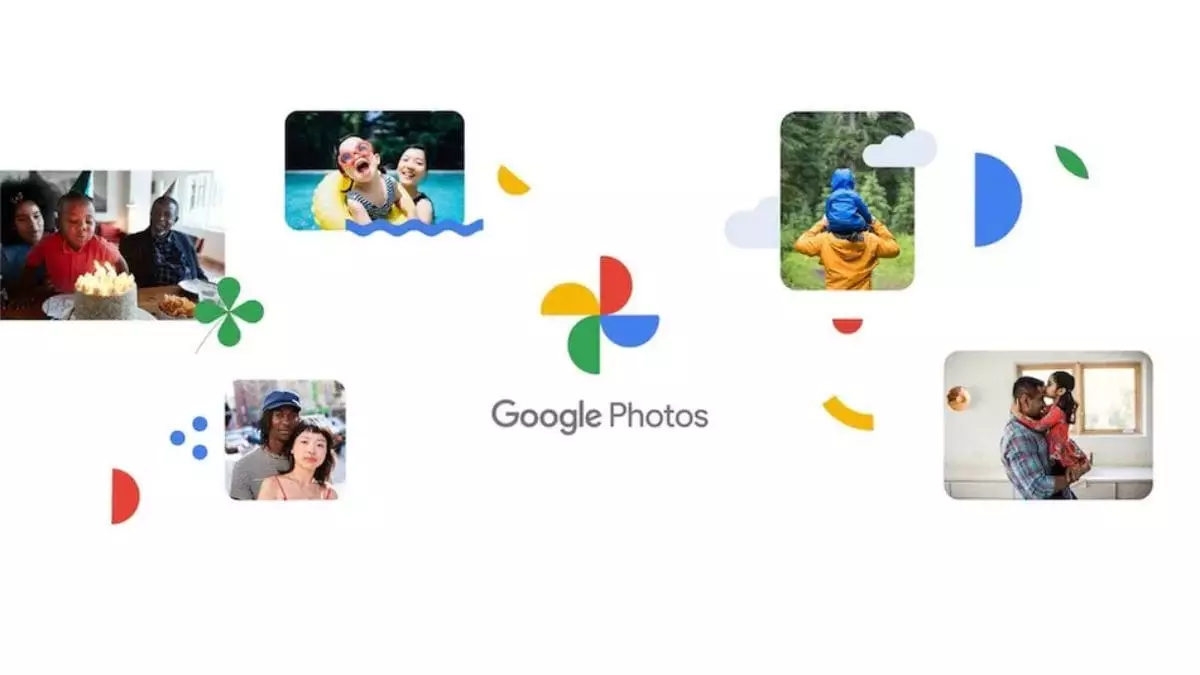In the increasingly digital landscape, artificial intelligence (AI) has revolutionized the way we create and consume visual content. AI-generated images and videos are becoming more prevalent, prompting concerns over misinformation and authenticity. One significant manifestation of this phenomenon is the emergence of deepfakes, which utilize AI techniques to create realistic fake media that can mislead viewers. Recognizing these challenges, tech companies are seeking ways to inform users about the integrity of the media they engage with. Google Photos seems to be taking a proactive approach by exploring a new feature supposed to identify whether an image was AI-generated or enhanced.
Reports suggest that Google is working on integrating a new identification system within the Google Photos app, which will allow users to see if content in their library has been created or modified through AI processes. This functionality signals a shift towards greater transparency concerning the origins of digital media. While currently dormant, early glimpses of this feature were discovered in version 7.3 of the app, revealing new XML code strings indicating its potential capabilities. The proposed tags, such as “ai_info” and “digital_source_type,” are intended to clarify if AI technology influenced an image and could even specify the AI tool responsible for its creation.
Importantly, one of the potential goals behind this innovation is to address the growing prevalence of deepfakes, as illustrated by a high-profile lawsuit from Indian actor Amitabh Bachchan against a company utilizing deepfake technology in advertisements without his consent. In an era where visual trust is under siege, Google’s initiative could serve as a valuable mechanism in curbing the spread of manipulated content.
As Google rolls out this feature, a crucial consideration will be how the AI information is presented to users. Currently, the proposed “ai_info” tag may suggest that data regarding the AI tool is integrated into the metadata of the images. Users typically access metadata through the Exchangeable Image File Format (EXIF), but this data is not readily visible. Therefore, one challenge Google faces is the balance between data transparency and user accessibility. If the information is only accessible through backend data, it may not cultivate the level of awareness necessary to combat misinformation effectively.
Moreover, while incorporating on-screen indicators, like badges similar to those seen on Meta’s platforms, could enhance visibility and user understanding, it raises questions about user experience and interface design. Striking the right chord between informative disclosure and maintaining aesthetic appeal will be paramount.
The implications of this new functionality extend beyond just Google Photos; they may establish broader standards for digital content transparency across social media platforms and content-sharing services. As the digital landscape grows swarmed with AI-saturated images, it became imperative for tech companies to adopt responsibility regarding the information they disseminate. This movement also indicates a greater push for ethical transparency in AI technologies, an area that has gained traction in recent years due to rising societal concern over misinformation.
As Google tests the waters with this innovative feature, the industry may observe how it translates to user understanding and engagement, as well as its effects on the broader conversation surrounding digital integrity. Will this feature be instrumental in restoring faith in visual content, or could it create new avenues for ambiguity and confusion? The evolving relationship between technology and user awareness is a complex dance, and this development may very well be one of its most significant strides yet.
In closing, Google Photos’ anticipated AI transparency feature reflects not just an internal evolution but a necessary adjustment in the digital era. As the lines between reality and fabrication continue to blur, ensuring clarity in how we interpret visual media will be of utmost importance, both for the individual consumer and society at large.

Leave a Reply